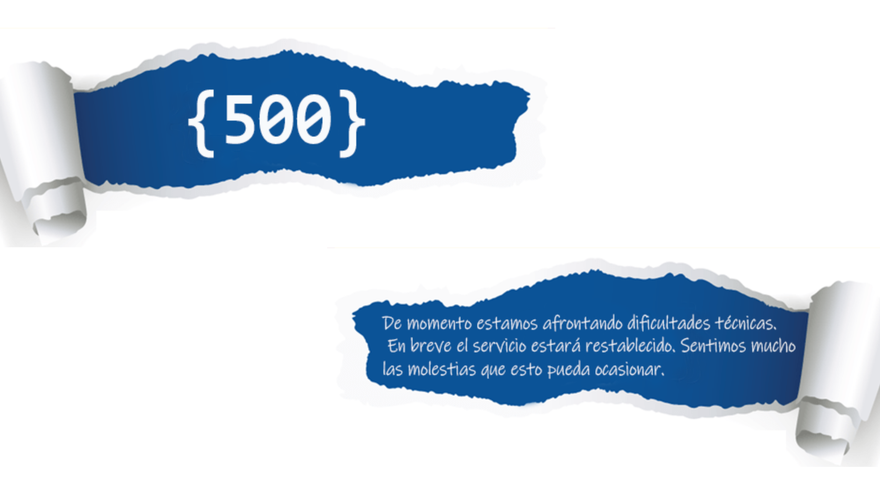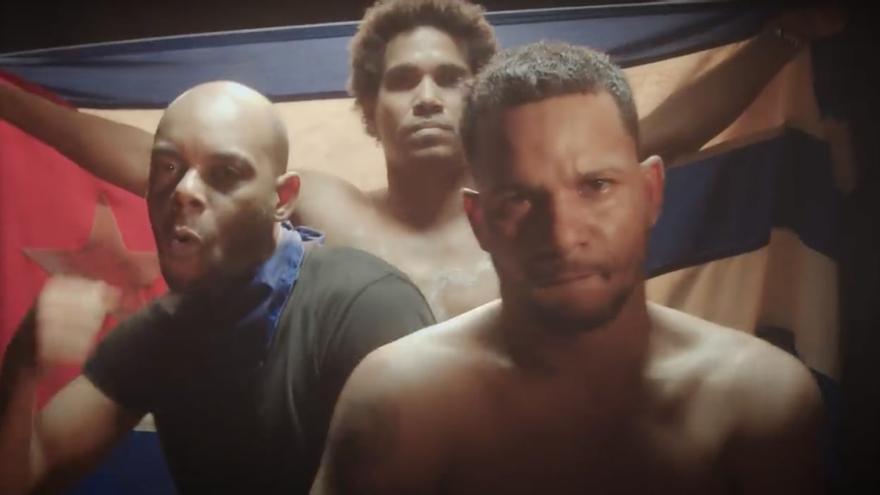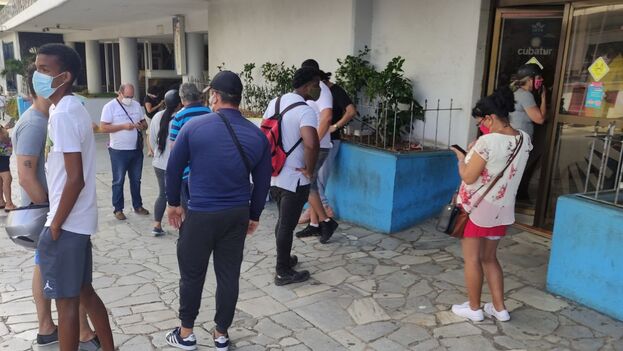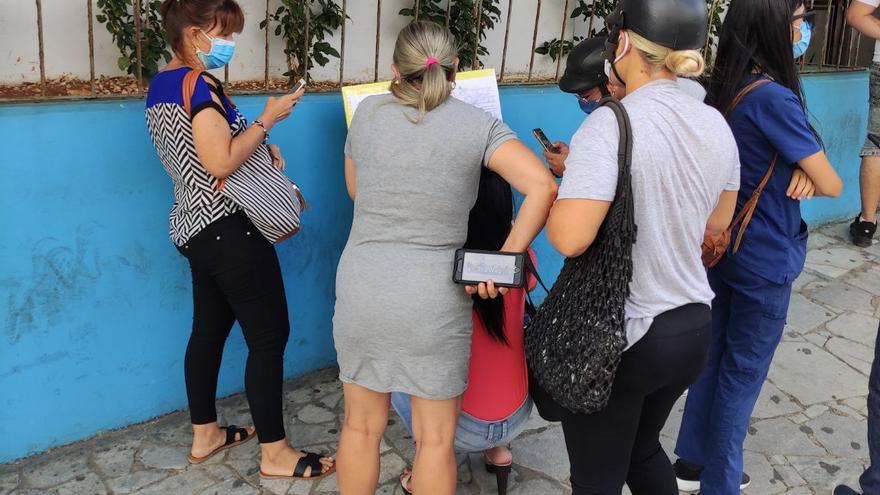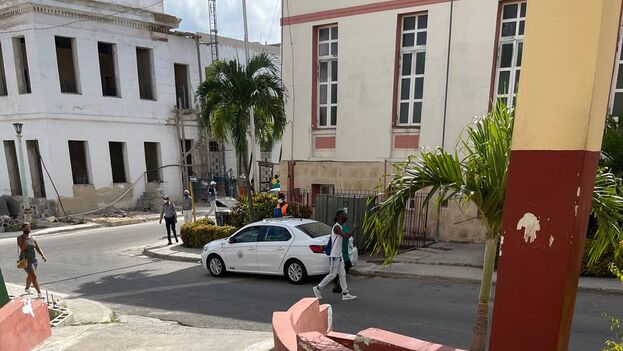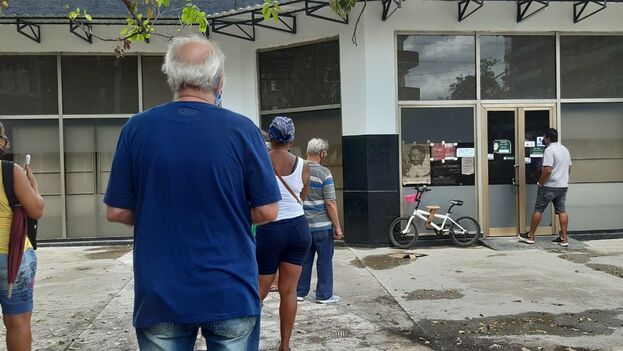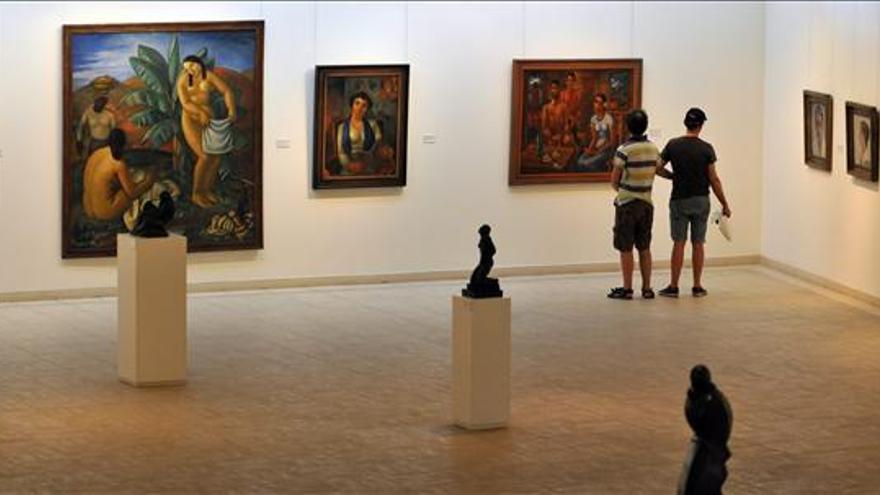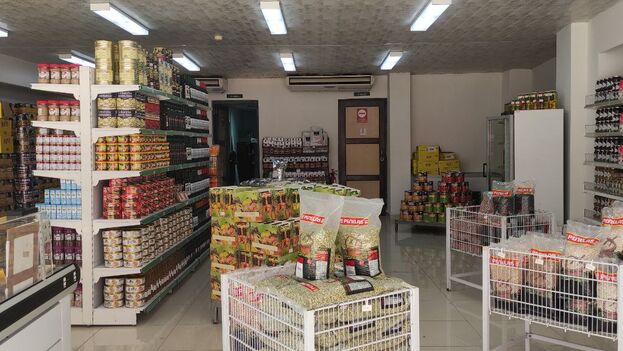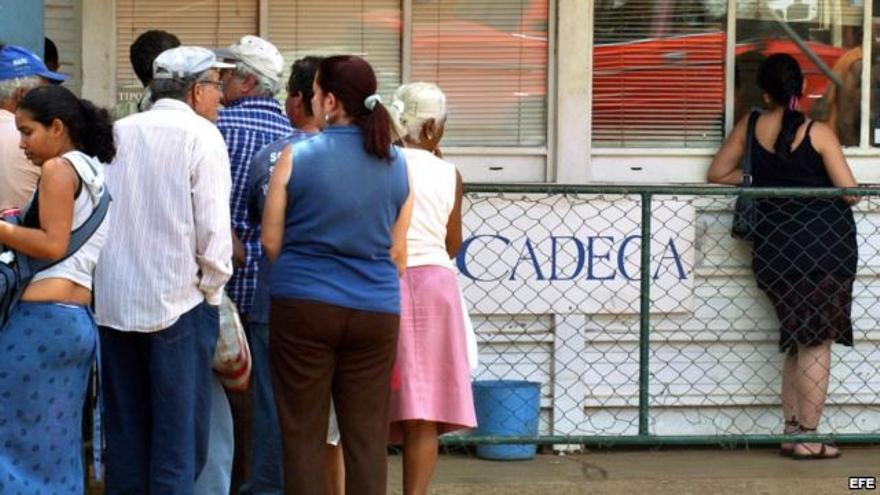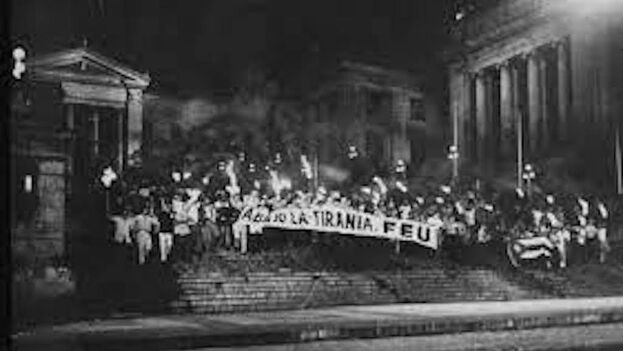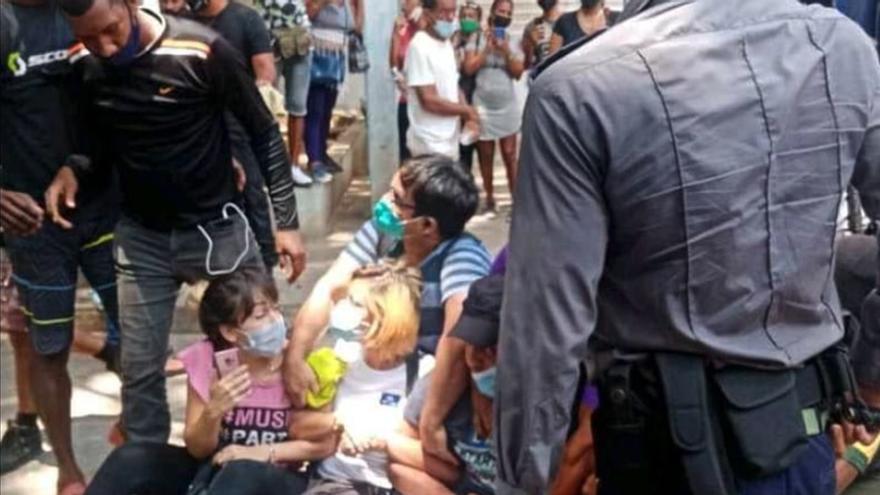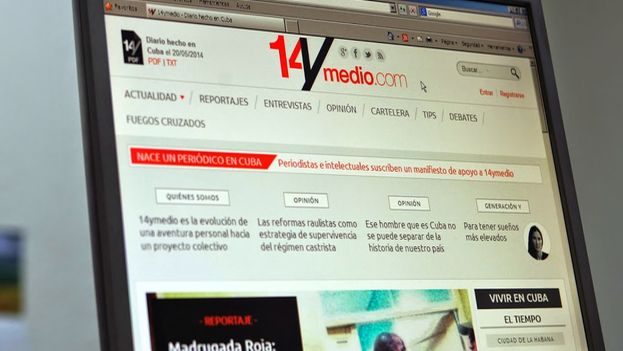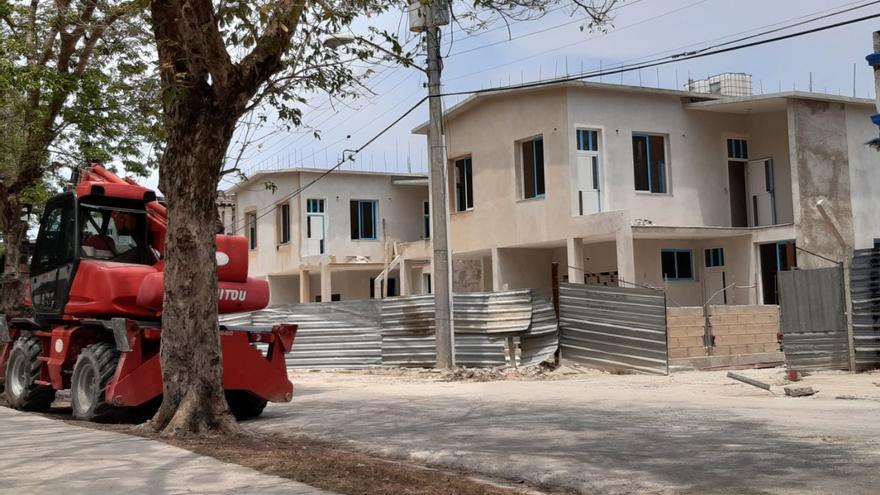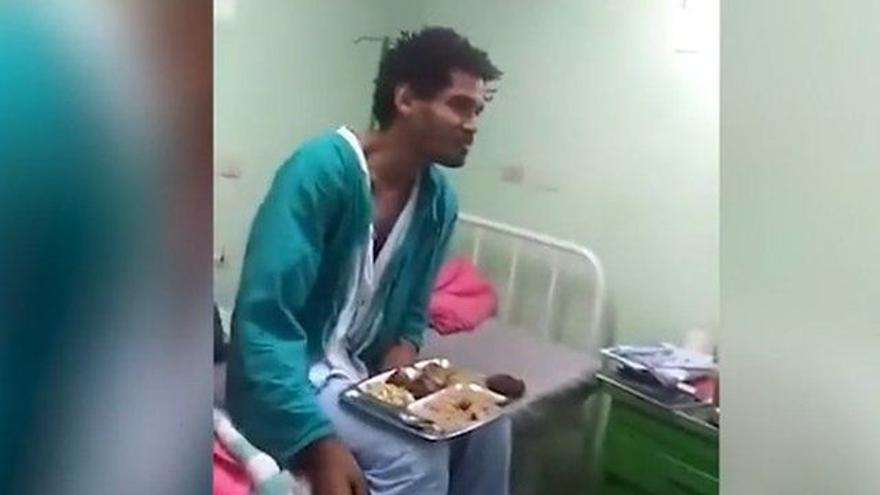
![]() 14ymedio, Havana, 26 May 2021 — The organization Archivo Cuba (Cuba Archive) has expressed concern for the mental health of Luis Manuel Otero Alcántara, who has been in the Calixto García hospital for 24 days without communication with his friends, and has published a call for action. The NGO accuses the Cuban regime of a long history of psychiatric abuse and asks the World Association of Psychiatry to expel Cuba, and also calls for the medical and psychiatric associations of democratic countries to investigate and denounce this type of abuse.
14ymedio, Havana, 26 May 2021 — The organization Archivo Cuba (Cuba Archive) has expressed concern for the mental health of Luis Manuel Otero Alcántara, who has been in the Calixto García hospital for 24 days without communication with his friends, and has published a call for action. The NGO accuses the Cuban regime of a long history of psychiatric abuse and asks the World Association of Psychiatry to expel Cuba, and also calls for the medical and psychiatric associations of democratic countries to investigate and denounce this type of abuse.
The organization, based in Miami, presents information from different sources that maintain that Alcántara is being drugged or subjected to electroconvulsive therapy based on the images that the Government has been publishing of the artist in the hospital with the intention of discrediting him. The images show the physical and mental deterioration of the opponent.
Among the initiatives proposed by Cuba Archive is also the invitation to write to Miguel Díaz-Canel and ask the international press to exert pressure in favor of the opponent. In addition, they demand that democratic countries insist on an independent medical evaluation of the artist and that he be released from the hospital if he is healthy, that communication with his loved ones be reestablished, that bilateral relations be conditioned on respect for human rights. They also demand the release of rapper Denis Solis and those imprisoned after the Obispo street protest. continue reading
The organization cites the aspect of mental health, and in support of this its statement is accompanied by a report in which it accuses the Cuban State of confining healthy people for political reasons and applying substances and therapies to them for the purpose of torture, to obtain information, or simply to punish them.
According to the document, Dr. Eduardo Prida, who was a psychologist for the Ministry of the Interior and the Armed Forces of Cuba, has reported on the links between these torture systems and the Soviet regime, thanks to the training of Cuban officers in Lubyanka building (headquarters of the KGB in Moscow) and in the Academy of the Ministry of the Interior, although mental repression in Russia was already in use in the tsarist era.
Documents in the archives of the German political police give an account, as late as 1981, of the Cuban request for a list of 16 drugs designed to psychologically destabilize prisoners who had committed crimes against state security, including cocaine, LSD, methadone and various barbiturates.
In a letter to the Stasi, Cuban Colonel Lorenzo Hernando Caldeiro asks “to exchange opinions and experiences in psychology” to “use these branches of science in the fight against the enemy” and confirms an agreement to send psychologists from the island to various institutions in Germany as part of the 1988 “Exchange Work Plan.”
The text highlights that, in 1988, Amnesty International was able to visit the Carbó Serviá pavilion of the Psychiatric Hospital of Havana, Mazorra, to investigate complaints that had arisen and one of the officials who received the NGO representatives denied the existence of a second pavilion and denied them entrance to it, although it was suspected that this place was the one with the worst conditions.
Armando Lago, co-founder of Archivo Cuba, is co-author of the book The Politics of Psychiatry in Revolutionary Cuba, which includes numerous testimonies of psychiatric torture added to the unsanitary conditions and physical abuse for people who were detained simply for painting graffiti, trying to leave of the Island, exchanging foreign currency, shouting against the Government or killing a cow, among other acts.
In the early 1990s, a senior executive at a major US pharmaceutical company revealed to the director of Archivo Cuba that his company stopped exporting drugs to Cuba after realizing that some were being used for psychiatric torture.
The report also reviews conditions in Mazorra, where there are around 2,500 patients. In January 2010, at least 26 died of cold in this institution, a fact that was known by human rights defenders who raised the alarm and managed to release images taken in the morgue that showed the terrible condition of the inmates who had died.
Eriberto Mederos, known as “the nurse” of Mazorra, was convicted in 2002 by a federal jury in Miami of lying on his citizenship application by concealing his participation in the torture of political dissidents with electric shocks when he worked as a stretcher-bearer at this hospital.
Lago’s book describes 31 cases of dissidents held in psychiatric institutions for a period of 1 day and up to 5 years. A year later, the number had increased by eight. In addition, cases of minors are also documented, including violations, or or administering drugs that inhibit an individual’s will.
The report also includes the suspicions of some prisoners and relatives who maintain that the food or drink they were given was contaminated with some substance, or that they had become ill for no apparent reason after passing through these medical centers.
The text concludes with the analysis of several prisoners who have gone through experiences of this kind at less distant dates, such as the alleged suicide of Ángel Tomás Quiñones González in 1990 at the Mazorra Psychiatric Hospital or that of Leandro Hidalgo Pupo, 20 years old, a talented math student who was admitted to the same center after shouting “Down with Fidel” during an internationally televised boxing match. Since that date there has been no news of him.
Much more recent is the internment of Daniel Llorente, known as “the man with the flag” after he appeared with the American banner in the May 1 parade in front of Raúl Castro shouting “Freedom for all.” In Mazorra he remained confined for eleven months and in 2018 it was certified that he did not suffer from any mental illness. A year later, he was forcibly deported to Guyana with the threat of being “disappeared” if he returned.
____________
COLLABORATE WITH OUR WORK: The 14ymedio team is committed to practicing serious journalism that reflects Cuba’s reality in all its depth. Thank you for joining us on this long journey. We invite you to continue supporting us by becoming a member of 14ymedio now. Together we can continue transforming journalism in Cuba.

